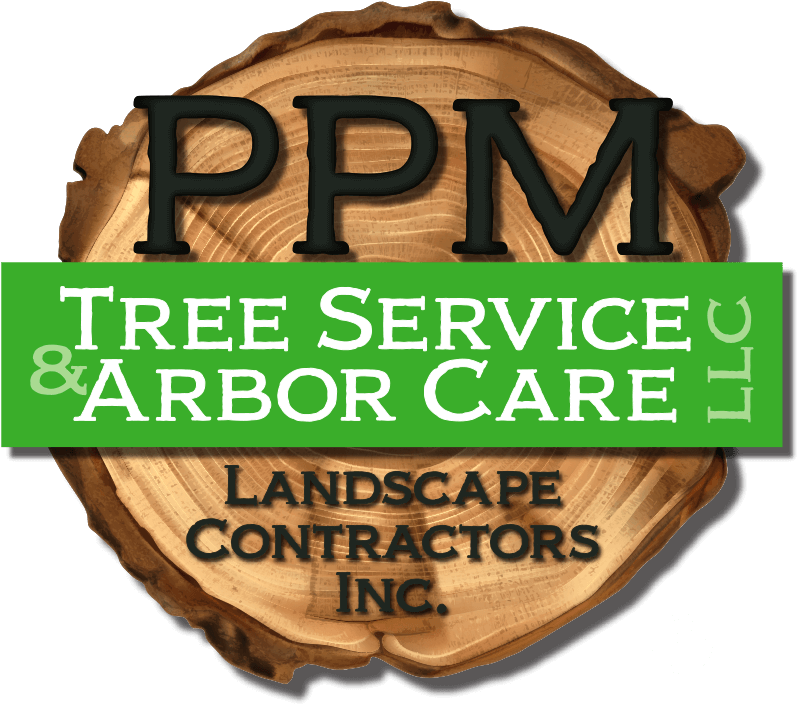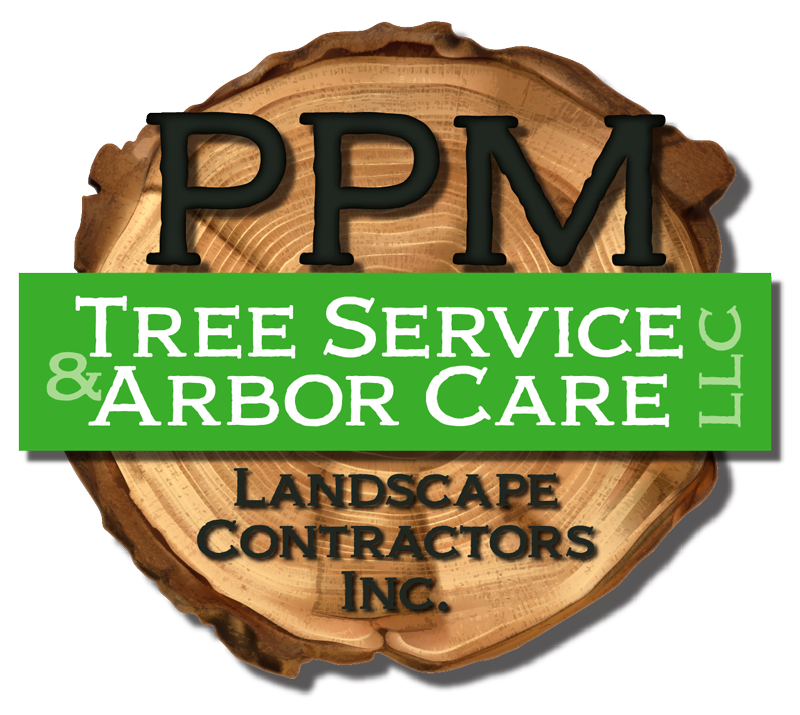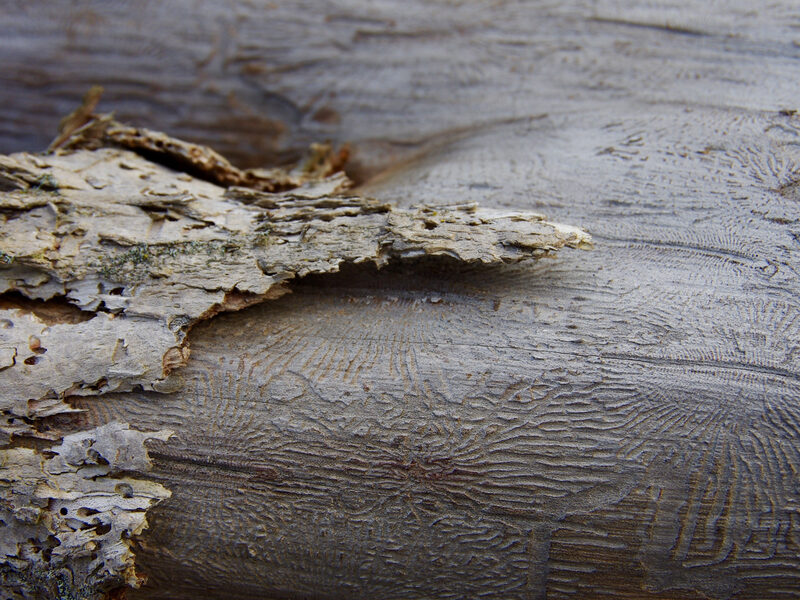How To Detect And Treat Dutch Elm Disease In Michigan
First, there was Emerald Ash Borer. Then there was oak wilt. Now, there’s another disease infecting our Michigan trees: Dutch elm disease. Learn how to identify the symptoms and what you can do to rescue your trees.
Dutch Elm Disease Symptoms
Dutch elm disease (DED) is a fungal infection. Several key factors indicate a tree is infected by Dutch elm disease.
- Look at the outer crown of the tree. If you see one or more branches with yellow, wilting leaves – or browned leaves – it could be Dutch elm disease.
- Your tree is dropping leaves in spring or summer.
- The infection will spread from the outer branches towards the trunk of the tree.
- If you remove a section of bark from the tree, you’ll notice brown galleries.
One thing to note is that the infection does not spread at the same rate for every tree. It depends on how susceptible the tree is. For instance, younger trees tend to be more susceptible to diseases in general. So if a sapling becomes infected, it may perish later on in the season, while a more mature tree can last several years. Another important thing to note is that all native elm trees in Michigan are susceptible to the disease. However, there are some disease-resistant cultivars. So if you need to replace an infected elm tree, ask your tree care specialist which cultivar would have the greatest resistance to this pest in the future.
How Does Dutch Elm Disease Spread
DED is actually spread by more than one factor.
Bark Beetles
Several bark beetles are all capable of passing along the infection by carrying spores of the fungus. These beetles include the native elm bark beetle, the European elm bark beetle, and the banded elm bark beetle. These beetles lay their eggs under the bark of dead or dying trees or in firewood, which is why it’s so important not to move firewood from one region to another. If you peel back the bark of your elm and see the galleries created by beetles, look for a sticky substance. This could be the spores of the DED fungus. When these young beetles reach adulthood, they will carry these spores with them, and the cycle starts all over again.
Interior Movement
If fungal spores reach the tree’s vascular system, they can be carried internally as the tree soaks up water. Infected trees will produce plug-like structures, called tyloses. It’s the tree’s efforts to stop the spread of the infection. Unfortunately, susceptible trees do not produce tyloses quickly enough. This defense mechanism can lead to the wilting and leaf loss you see in the canopy.
Root Movement
Like many fungi, the DED fungus produces a white, thread-like growth called mycelium. This growth spreads in the soil towards the root system. If other elm trees are nearby, the disease can spread from one root system to another, as the trees form root grafts. Root grafts are a fascinating phenomenon that often happens between nearby trees of the same species. It’s like a subterranean highway for sharing water and nutrients. The DED fungus will take advantage of this highway and spread its spores from infected trees to healthy trees.
Dutch Elm Disease Treatment
If caught early, DED can be cured through pruning and fungicide injections. To stop the spread of DED via beetles, it’s critical to quickly remove dead and dying branches showing an infection. Your tree care service technician will be able to do this without causing further harm to the tree and opening it up to further infection. Ideally, you should remove dead/dying branches the first season you notice a problem. The longer you wait, the less likely it is that your tree will be able to recover – even with help. The more infected branches, the greater the likelihood that the tree will need to be removed altogether. If that is the case, the infected wood should be burned to avoid spreading the infection.
If possible, you can halt the spread of DED via root grafts with a vibratory plow. If you’re not familiar, this is a machine that creates a slit in the earth while simultaneously laying a thin cable. This will prevent infected roots from reaching healthy ones beneath the surface.
Find Tree Care Specialists In Metro Detroit
If you think your elm tree is infected by Dutch elm disease, we can help! PPM Tree Service & Arbor Care experts have the training and experience to diagnose and treat DED. Our pruning services will correctly remove dead and dying branches, so no further diseases or pests harm your tree. And if the disease completely overcomes your tree, we can remove it and grind the stump so you are not left with a painful reminder of the loss of your beloved tree. If you suspect your tree needs help, give us a call at (877) 454-8733 or leave us a message online. We’re happy to answer any questions and address your concerns.
We hope you enjoyed this blog, and if so, you can check out our other blog posts. We post twice a month, so stay tuned! And don’t forget to like us on Facebook, follow us on Twitter, and browse our Pinterest boards.


